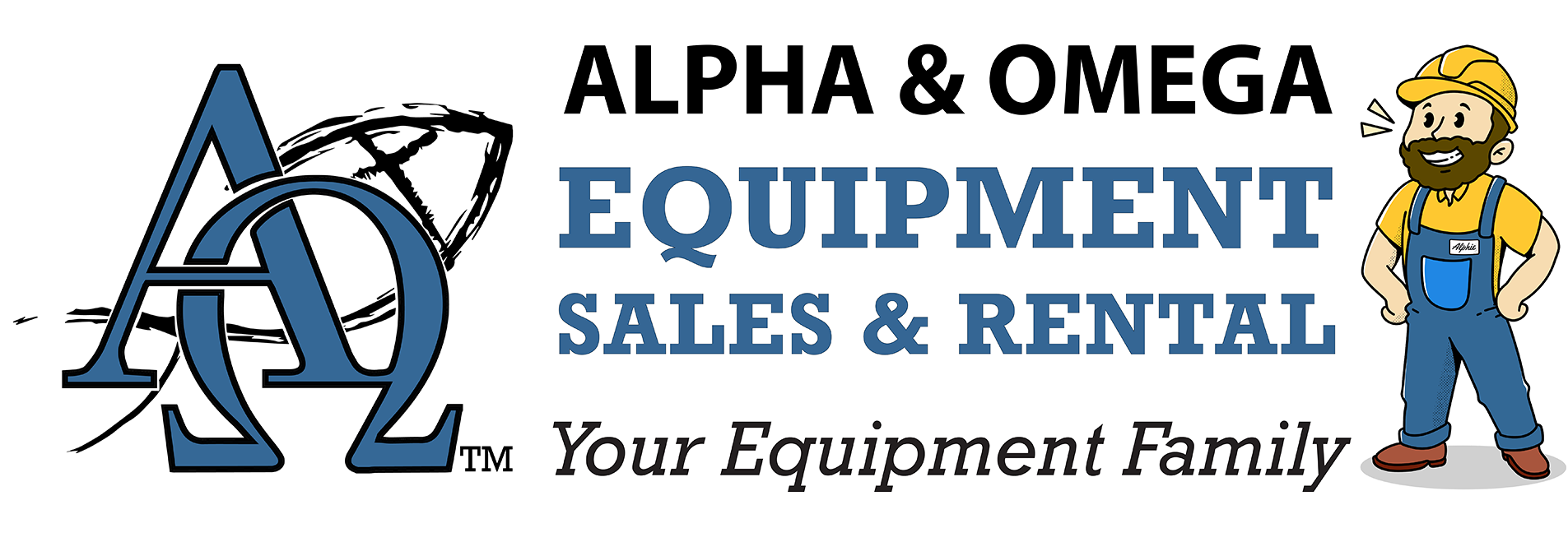Your Guide to the Different Types of Excavators
If you’re in the market to buy an excavator, you’ll want to read our informative article explaining the many different types. When you’re ready, stop by any one of our convenient locations across Texas to grab your excavator today!
Dragline Excavators
Dragline excavators are some of the largest on the market! This style of excavator is often used for road excavations, pile driving, and canal dredging. This excavator is unique not only for its size but the pulley system that controls its bucket. The bucket is lifted and lowered with a hoist rope and can be lowered toward the operator by the dragline.
Long Reach Excavators
While a long reach excavator isn’t as large as the previous model, it is quite lengthy! The extendable arm can stretch anywhere from 40 to 100 feet long, making it perfect for those jobs that are a little harder to reach. They are also one of the few excavators to make use of attachable implements, meaning they can complete a number of tasks.
Suction Excavators
Suction excavators, also called vacuum excavators, are some of the most uncommon models on the market. They’re designed with high-pressure water and vacuum jets that allow them to break down and move debris at a rapid pace. You’re most likely to see them at underground worksites or at work on delicate digging projects.
Crawler Excavators
Unlike the previous excavator, crawler excavators are some of the most common. You can easily find them at mining and heavy-duty construction sites, as well as trench digging and landscape grading jobs. As the name implies, these excavators make use of tracks rather than tires, making them more stable on uneven terrain. They’re also extremely flexible but are still able to handle the weight of extremely heavy debris.
Skid Steer Excavators
Skid steer excavators are quite similar to crawler excavators, although they make use of tires rather than tracks. They’re also quite common, and you may see them building pools, moving debris, or working on various residential projects. Unlike other excavators, the bucket is actually attached behind the operator, and lifts over the cab.
We hope this guide to the various types of excavators has been helpful to you! If you’re located nearby in Odessa, Texas, we hope you’ll visit us here at Alpha & Omega Contract Sales & Consulting for all of your construction equipment needs.
